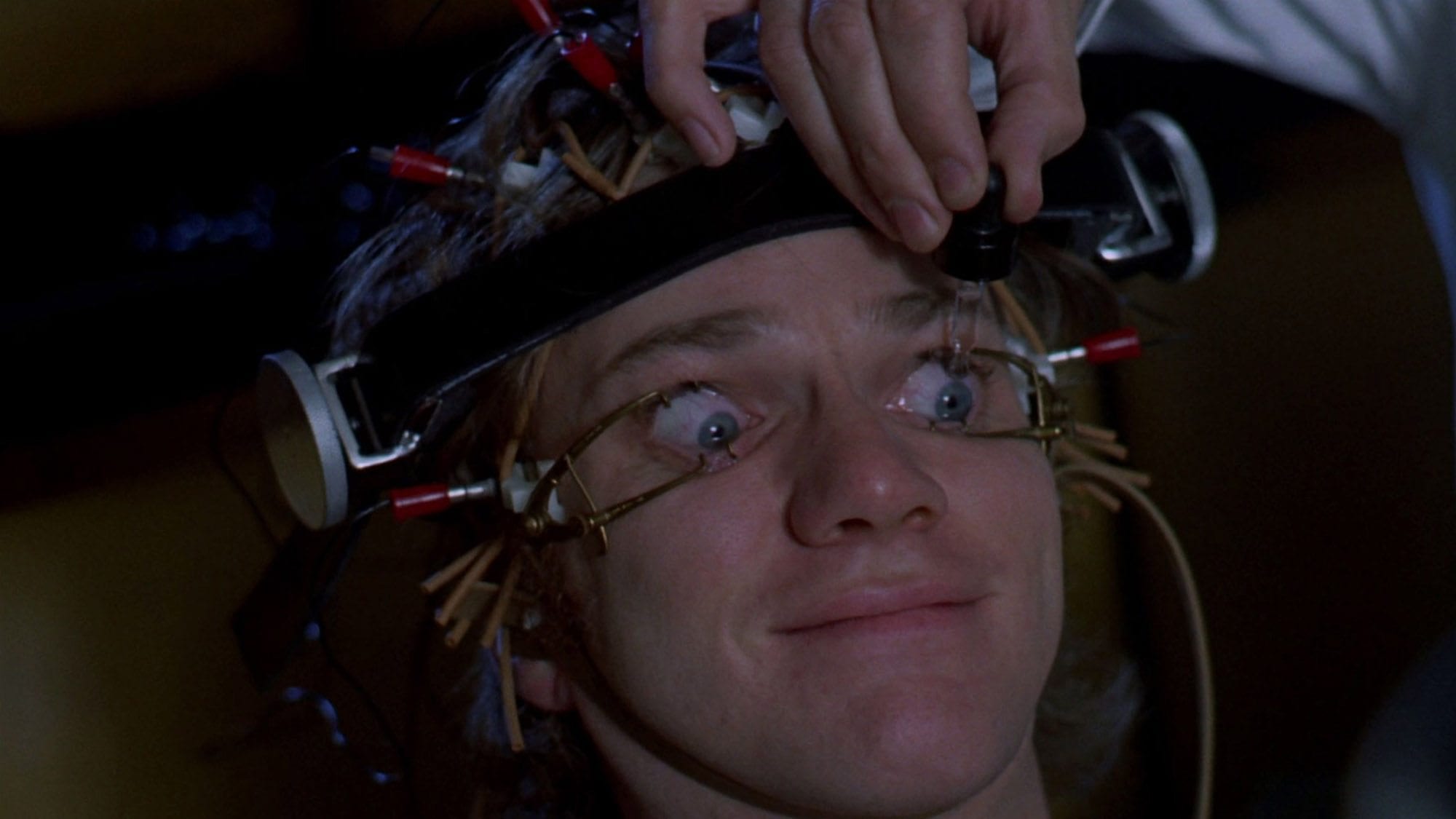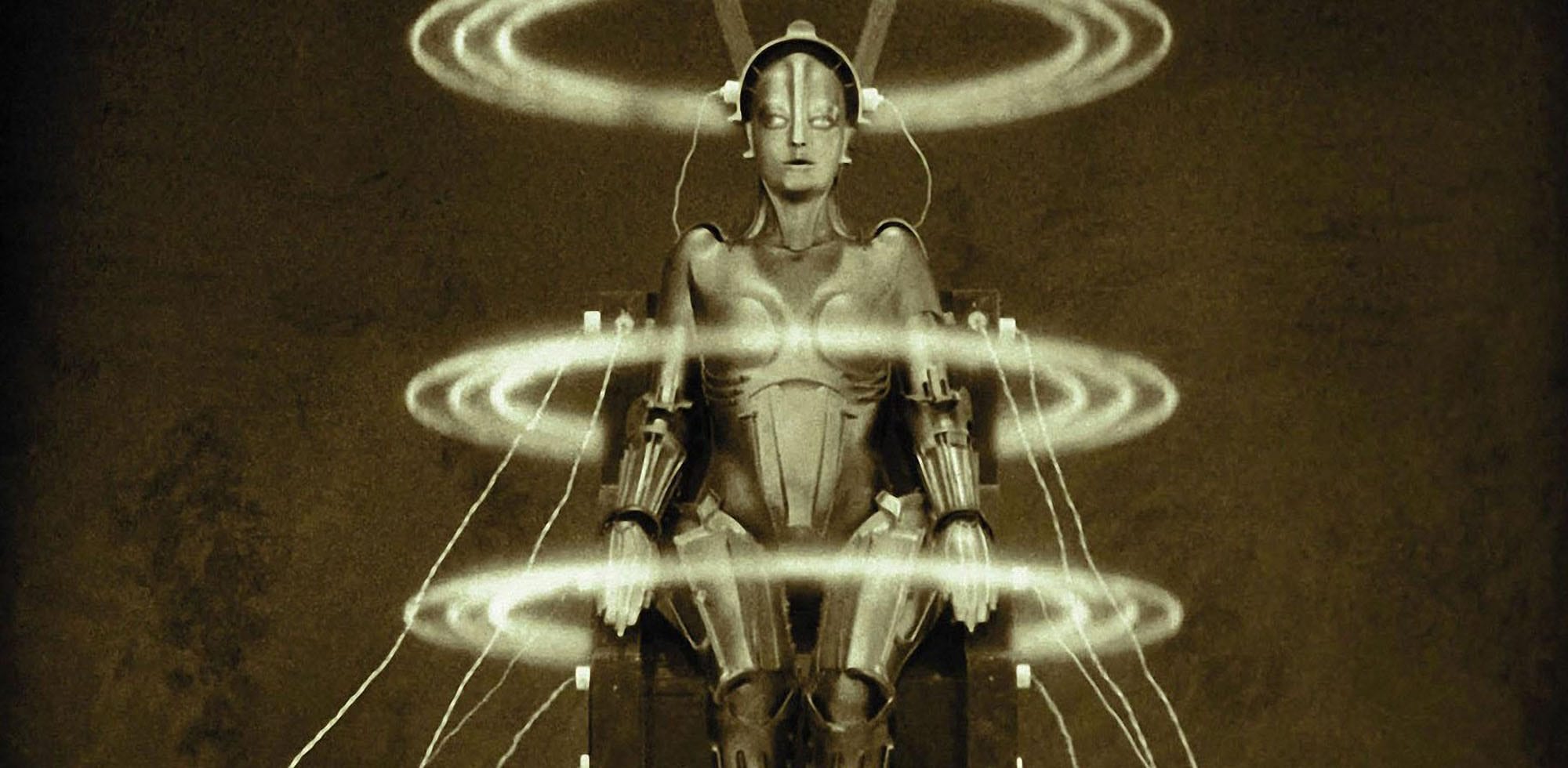
Feast your eyes: The most stunning set designs in movie history
Last year saw the sad passing of Richard Alan Greenberg. Greenberg, along with his brother, set up R/Greenberg Associates and was responsible for the title designs of some of modern cinema’s most recognizable films, from Superman to Alien. With that in mind, we’re looking at the power of design on film by listing some of cinema’s most beautiful creations.

Citizen Kane
There is surely nothing new to say about Citizen Kane. It’s arguably the most important film ever made and the set design is just one of the many reasons why. It moves from the snow-covered shack of Kane’s childhood to the all-out “Tyson in the 90s” opulence of his mansion home of Xanadu. The set design is so good, it could be a silent film and you would still totally understand the journey that Charles Foster Kane (Orson Welles) goes on.

Rome, Open City
The Second World War ended in 1945 and shortly after it did, the great Italian filmmakers emerged from the rubble of their destroyed cities, turned to each other, and said, “Let’s start making films again!” (Only in Italian.)
One of the many amazing things about Roberto Rossellini’s War Trilogy is that they are set in the actual rubble of the worst war mankind has ever seen, but like a flower emerging from a crack in the concrete, their beauty shines through.

A Clockwork Orange
Stanley Kubrick’s movie based on the novel by Anthony Burgess is a morality based masterpiece in every single way. Everything in the film is pretty much perfect including the set design. Whether it be the tripped out Korova Milk Bar or the home of the writer’s they invade and reek havoc upon.
One of the few films Kubrick apparently took influence from for A Clockwork Orange was Funeral Parade of Roses, which is a Japanese film set in the gay quarter of Tokyo in the late 60s and is definitely one to look out for if you get a chance.

Arabian Nights
Pier Paolo Pasolini (Salò, or the 120 Days of Sodom) was and always will be one of the most important filmmakers of the 20th century. His films flitted between the neo-realism of Accattone to the all-out assault on the eyes that is Arabian Nights and indeed all three of his Trilogy of Life films. The film is gloriously designed and was filmed in the deserts of Eritrea and Yemen as well as in Nepal.

Metropolis
The great Fritz Lang’s masterpiece is set in a futuristic world where fascism reigns and you’re as likely to see a green field as you are a horse and cart. But even in this grey harsh world, Lang (Contempt) finds beauty. The set is mainly comprised of models and matte paintings and is, of course, heavily influenced by German expressionism. It has also unarguably influenced every major sci-fi film that has come after it.

Stalker
A large part of Andrei Tarkovsky‘s masterpiece was filmed in two disused hydro plants in Estonia. The film looks like nothing else you’ve ever seen and at times doesn’t quite even look like it’s on planet Earth.
The great sadness about this film (which should be on anyone’s top ten movie list) is that due to the exposure to the dangerous chemicals from the plant, it’s thought it led directly to the untimely deaths of both its lead actor Anatoliy Solonitsyn, and Tarkovsky himself.

Culloden
Peter Watkins (The War Game) is one of the greatest and somehow not-so-known directors of the modern era. He pioneered the docudrama style of films that put you right in the middle of historical events. But it’s his film Culloden about the notorious 1746 battle of the same name which somehow makes you feel like this is an actual documentary filled with war reports from a battle that happened some 200 years before its production.

Rashomon
One of the many keys to Rashomon’s beauty is its simplicity. The film features only a handful of sets; the courthouse where the trial happens is never even seen. Instead, Akira Kurosawa (Seven Samurai) simply places his camera in front of the actors with a baron background behind them and, despite not seeing a judge or a jury, you believe they’re in a courthouse. The rain also plays a key part in Rashomon – no one used the rain quite like Kurosawa did.

A Matter of Life and Death
“I’m not crying, I’ve just something in my eye,” is something many people must have said while watching Michael Powell & Emeric Pressburger (and Jack Cardiff’s) beautifully realized tale. After surviving what would have been a fatal plane crash, a WW2 pilot has to journey across to the “other side” to plead his case to live. This isn’t a heaven of any religious kind and maybe that’s what makes it so unbelievably beautiful.







